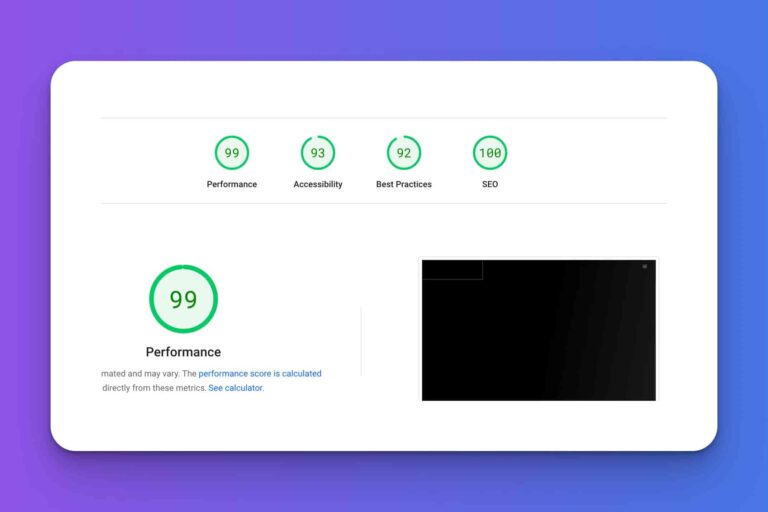How to Conduct a Website Audit for Your Dental Practice: 7 Expert Tips
As a dental practitioner, your website is your digital storefront, and often, your chance at a first impression for prospective patients. In a world increasingly dominated by online presence, having a user-friendly, informative, and visually appealing website has become crucial. This is where the concept of a dental website audit comes into play.

What is a Website Audit?

In simple terms, a website audit is a thorough examination of the various factors affecting your site’s visibility in search engines, its user experience, and overall performance. It aims to identify technical issues, gaps in content, and design flaws that may be impacting the performance of your website, potentially hindering your dental practice’s growth.
But how to conduct a website audit? This blog will guide you through seven expert tips to ensure your website is performing optimally.
Set Clear Goals and KPIs

Begin by identifying what you want to achieve with your website. Is it patient education, booking appointments, or maybe selling online oral care products? Having clear goals will help you measure your website’s success and identify as well as prioritize the areas that need improvement.
Check for Technical Issues
Many website audits are concerned with identifying technical issues. These can range from broken links, slow loading times, and security vulnerabilities, to more complex issues like incorrect redirects or issues with your site’s HTML or XML sitemap.
Using online tools such as Google’s PageSpeed Insights or a comprehensive SEO tool like Ahrefs or Screaming Frog to uncover these technical errors.
Evaluate User Experience
Check if your site is easy to navigate. Can users easily find and book an appointment? Is your contact information and dentist’s office’s location readily accessible?
Assess Your SEO

SEO (Search Engine Optimization) is a vital part of any website audit. Evaluate your meta descriptions, titles, URL structures, and keyword usage throughout the site. Your site’s SEO should be strategically designed to appeal to search engines and attract potential patients searching for dental practices in your area.
Content Evaluation
Analyze the quality and relevance of your site’s content. Is your blog up-to-date and informative? Does your content answer common patient queries (searches)? Ensure your content is written in an easy-to-understand manner and adequately represents your services.
Monitor Your Site's Mobile Responsiveness
With an increasing number of people browsing the internet on their smartphones, it is critical to ensure your site is mobile-friendly. Test your site’s responsiveness on various devices to guarantee a seamless experience for every user, regardless of the device they are on.
Regularly Conduct Audits
Website auditing isn’t a one-and-done task. Just like with your physical business, the market, environment, and website are constantly changing. It should be conducted regularly to keep up with the ever-changing digital trends and algorithms.
Set a schedule for your website audits, be it quarterly, biannually, or annually.
Conducting a dental website audit may seem like a daunting task, but with these expert tips, it can become a manageable and beneficial part of your online strategy. Remember, the goal is to provide an optimal user experience that not only attracts potential patients but also turns them into loyal ones.


